Low Tech Reproductive Treatments
What does low tech fertility treatment mean?
Low tech treatments are procedures or treatments which are minimally invasive and do not involve fertilization outside of the uterus. The treatments actually comprise more than 50% all fertility treatments in the United States help many couples to start or grow their families. The treatments can range from lifestyle counseling to help the potential parents to make their bodies as effective as possible at producing and hosting reproductive cells and embryos to intrauterine insemination (IUI). These less invasive treatments are the starting point for most patients seeking fertility assistance.
What kinds of treatments are available for women?
Female patients will be examined to ensure the uterine health and ovarian function. Some women have polyps or fibroids on the uterus or ovaries which can impede fertility. If diagnosed and treated with medication or minor surgery, fertility may return to optimum levels. Some women may have ovaries which are not producing eggs with every menstrual cycle. When this condition is diagnosed it is most often treated medically with Clomiphene Citrate and aromatase inhibitors to stimulate egg production. The patients menstrual cycle is then monitored and the couple is advised on the best time to have intercourse.
What treatments are available for men?
The male factor or male infertility is usually linked to either a low sperm count or poor sperm mobility. Low sperm count can be treated medically with either hormone treatments or medication to stimulate sperm production. When the sperm is not optimally mobile, the doctor may suggest artificial insemination, also called IUI. The procedure involves taking a semen sample from the potential father and transferring it directly to the potential mother’s reproductive tract at the most likely time for fertilization and implantation to take place. This treatment does not involve any surgical treatments and is considered non-invasive.
What changes can be made to lifestyle to increase fertility?
Being in good health and having the necessary check-ups and screenings regarding reproductive health are essential. It is important for both potential parents to maintain health weights as being overweight can cause issues with the production of reproductive cells. Both partners should avoid smoking and alcohol consumption. Eating a healthy and balanced diet high in monounsaturated fats, vegetables, and high fiber foods can help maintain healthy bodies. Women can take daily supplements in folic acid to make their bodies better hosts for embryos. It is also important to know the potential mother’s cycle to identify the best days to have intercourse for reproduction. That said, it is important to be intimate regularly.
Ovarian Rejuvenation - PRP
Recent technological advances have brought regenerative treatments for the ovaries. The treatment uses PRP (Platelet-Rich-Plasma), which with or without stem cell therapy is the novel therapeutic approach for restoring the quality of the ovarian reserve. The PEAKTM Platelet Rich Plasma System is an innovative technology that concentrates and captures your healing potential from a small sample of your blood to make your very own platelet-rich plasma (PRP). Your PRP will contain a physiologic balance of platelets, growth factors and white blood cells tailored specifically for you. When used at the site of injury, the growth factors and other components in platelet-rich plasma (PRP) have been clinically shown to potentially accelerate healing of injured or poorly healed tissue, thereby improving function and decreasing pain. Centers in Europe and the Middle East have reported success in POF "Premature Ovarian Failure," DOR "Diminished Ovarian Reserve," Perimenopause, Embryo Implantation Issues - Endometrial Receptivity patients through injection of the patients’ own PRP into ovaries or Uterine Cavity and resulted in multiple pregnancies for patients that previously had no hope. In Ovarian Rejuvenation PRP is directly injected into a patient’s ovaries with her own platelet-rich plasma (PRP), infusing the ovaries with proteins rich in growth factors and stem-cell chemoattractants. The process begins with the patient getting administered IV sedation followed by injection of PRP into the ovary, essentially the same as an in-vitro only difference is we get eggs from the ovaries in that procedure. Post the procedure you will go to recovery and may feel some cramping. You will be able to rest around one hour prior to being discharged to return home accompanied by a family member or friend. There are minimal complications since this is similar to an egg retrieval, which has been common practice for years. The best outcome of PRP is a chance to become pregnant using your own eggs. There is no risk of blood-borne viral infections since you are only being injected with your own PRP with no synthetic materials involved at any time. PRP can also be an added benefit for women going through Menopause as the treatment has resumed periods and helped balance out the hormones.
Personalized Medical Treatments


